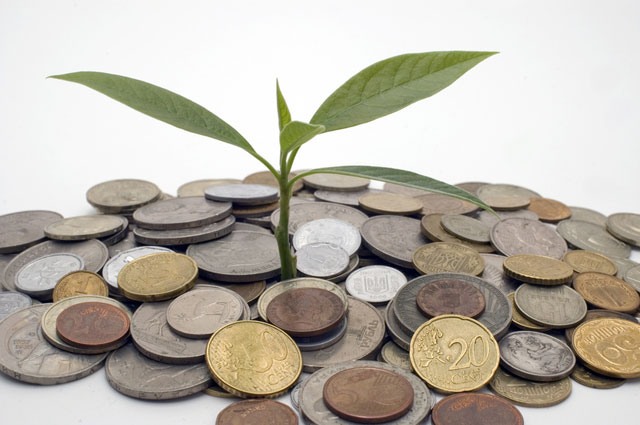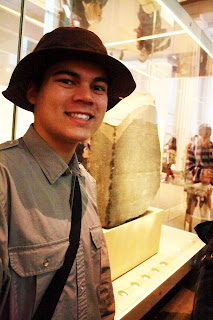If you asked me a couple years ago what I thought of
“double-bottom line” investing, I might have half-jokingly guessed you meant
only considering net income, a reference to the peculiar formatting of that
item on it's namesake statement. Yet since
working at Kiva for the past few months, I’ve come to appreciate more the merit
of taking ideology and other intangibles into consideration when investing as
opposed to merely seeking the highest monetary return.
At
Kiva, we often use terms like “risk-tolerant capital” or “patient capital” in
conversation to describe the liquidity that runs through our pipes. It has been unique, coming from a traditional
finance background, where cash rules everything around me, to see the inner workings
of a finance firm that facilitates lending money at zero interest. What inspires people to do this? Having been part of the organization for some
time, I see the return first-hand. Conscientious
citizens given the opportunity to put their money where their mouths are will
seize it and give nearly 1.5 million
borrowers not a hand out, but a hand up: a chance to build themselves out
of poverty.
The
vast majority of investors, however, do not have the luxury of allocating their
money simply based on good feelings. Happily,
impact investing has become an entire field with methodologies and funds that emphasize
values without having to compromise financial return. By looking at how internal and external
stakeholders are affected by a business’ operation, an investor can decide
whether holding them in a portfolio would be consistent with his or her values.
The commonly used metrics are summarized
by a research paradigm called ESG analysis: environmental, social, and
governmental measures.
According
to MSCI and Pax World (providers of research and funds, respectively) environmental
measures include carbon emissions, carbon footprint, energy efficiency, water
stress, raw material sourcing, toxic emissions and waste, electronic waste, as
well as opportunities in clean tech, green building, and renewable energy. Social measures include labor management,
human capital development, opportunities in health and nutrition, chemical
safety, privacy and data security, and access to healthcare, among others. Governance measures include levels of
corruption, anti-competitive practices, fraud, etc. To make an investment decision, the interested
party chooses metrics relevant to the company being evaluated and draws a
conclusion based on the findings.
This
kind of evaluation is esceedingly difficult for the individual investor who
does not have the capacity to do this research independently and would find a
subscription to research services prohibitively expensive for his or her needs.
Thankfully a lot of mutual funds and
ETFs have sprung up in the past few years that invest according to ESG
principles, though finding one that consistently outperforms the S&P 500
benchmark remains a unicorn hunt. I may
have some rebalancing to do ahead of Q3 dividends. If this internship has taught me anything, it’s
that the highest payouts may not be taxable.







